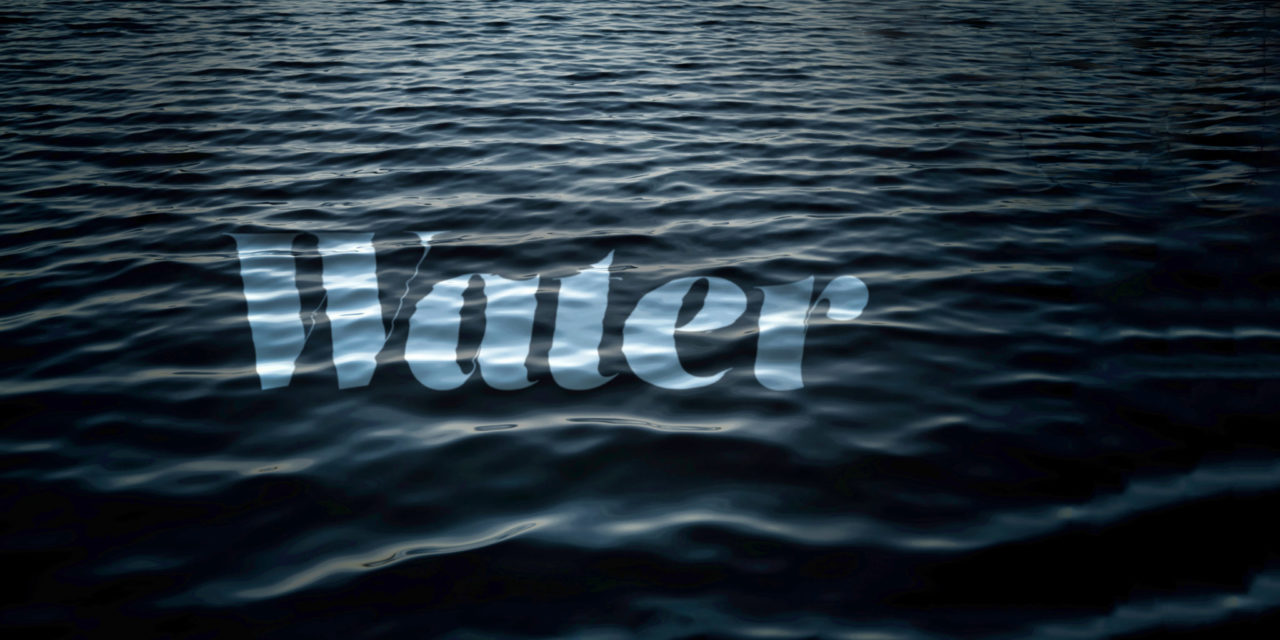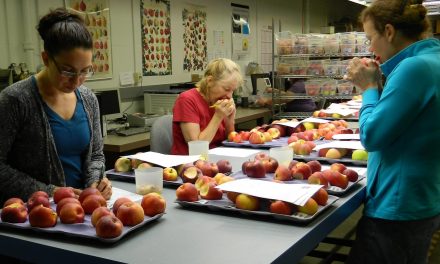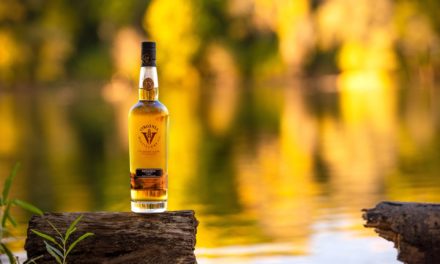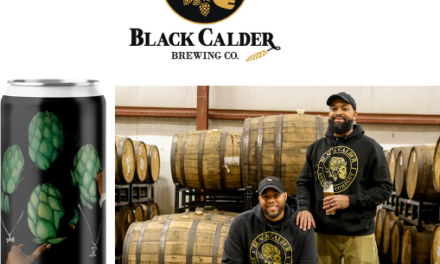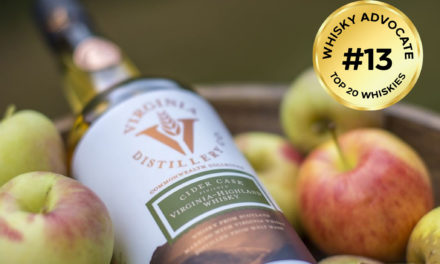Water is key in both brewing and distilling, yet you rarely see it mentioned in marketing materials or on back-label copy. Instead, producers tout their use of “the finest organic Cascade hops,” “hand-picked Chardonnay grapes from the Napa Valley,” or some other prestigious-sounding ingredient.
Most brewers and distillers use water that’s readily available to them, says Bill Owens, founder and president of the American Distilling Institute, because few have the time or resources to have their water analyzed in a lab to determine its mineral content. Some will manipulate the chemistry of their water, as brewers do when attempting to replicate the water profiles of famous beer regions, but that’s about as far as most producers go.
“I never paid any attention to the flavor of water until just the last couple of years,” says Owens. “There are a lot of differences in water, because of the varying mineral content.
“A few [beverage producers] have standard filtration systems, and many use reverse osmosis—which I’m totally against. You want water that has minerals in it, because that’s where the flavor is.”
While it’s not practical or cost-effective for large producers to seek out and import water from different sources, a handful of craft brewers and distillers are doing just that.
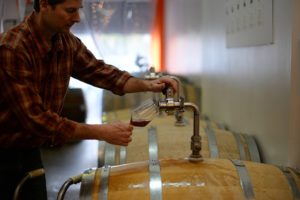
“I’m basically driving around in my van with a tote, testing different wells and springs.” —Nile Zacherle, Mad Fritz Brewing
Mad about water
Nile Zacherle, co-owner and brewer at Mad Fritz Brewing in St. Helena, Calif., is what you might call “water obsessed.” He brings in water from up to five different Napa Valley locations to make his ingredients-driven beers, and he’s constantly on the lookout for more.
The origin of ingredients plays an important role in the brewery’s brand identity, and water sourcing is part of that message. Mad Fritz uses only craft malted barley as well as locally grown hops and barleys, and it operates its own malt house. Water sources are named on the beers’ back labels and the company website, and Zacherle will sometimes offer brewery visitors water samples to help them understand the flavor differences. “It adds another layer to what we do,” he says.
Most of the brewery’s water, from a source in St. Helena, has medium hardness. Spring water obtained from nearby Lewelling Vineyards is much harder. “It has more than 300 ppm of calcium carbonate, a relatively neutral pH, and pretty high TDS [total dissolved solids],” says Zacherle, who’s also the winemaker and viticulturist for David Arthur Vineyards and Montagna in Napa Valley. “Our St. Helena water has about half that number and the calcium carbonate is about 120.”
Zacherle uses the mineral-laden Lewelling water for the Mad Fritz Eagle’s Nest double IPA, because it accentuates the beer’s dryness and bitterness. He sources a low- to moderately hard water from David Arthur Vineyards in Napa for his German-style Kolsch and Belgian style beers. “[That water] really tends to add some dimension to the hops,” he says. Water of mid- to upper-level hardness from Calistoga goes into his white ale, rye ale, and doppelbock.
A portable water-testing kit helps Zacherle analyze potential water sources on the go. “I’m basically driving around in my van with a tote, testing different wells and springs,” he says. “It may not sound romantic, but sometimes water can taste like an elixir of life—it speaks to you!”
He’s currently scouting for a soft water source to use for his lagers. “I’ve really been wanting to get this particular water,” he says. “I just talked to Robbie Meyer, the winemaker for Peirson Meyer, and he has an easement to a spring on Howell Mountain that, apparently, has the softest water in the valley.”
Sourcing happens mainly through word of mouth, Zacherle says, and because Mad Fritz’s production is small—hundreds of barrels rather than thousands—property owners are usually willing to let him fill a few totes with water.
While most breweries pull water from the tap, perhaps adding minerals and adjusting acidity levels, Zacherle likes the distinctiveness that comes from natural sources. “I want the beers to be about a place. I don’t want to add anything other than a couple protons [i.e. phosphoric acid] to get the acidity where it needs to be. I want that beer to be an expression of that water.”

“The fog adds some salinity and nice mineral characteristics, which give the vodka a really unique flavor profile.” —Caley Shoemaker, Hangar 1
Fog in a bottle
Most people view vodka as an ideally flavorless beverage, but the spirit takes on a new dimension at Hangar 1, due to a unique water source. Located in Alameda, Calif., the distillery captures the Bay Area’s famous fog to make a vodka called Fog Point.
“We collect the fog using what the research community calls a ‘standard fog collector,’” says Head Distiller Caley Shoemaker. “It’s a simple net that’s carefully placed so the fog naturally passes through. The fog collects on the net much like dew collects on grass blades, and gravity lets the water flow into a collection trough.” Fog catchers are set up in two San Francisco locations, as well as in El Sobrante and the Berkeley Hills across the bay.
Fog Point also differs from Hangar 1’s standard vodka in that it’s distilled from 100 percent Central Coast winegrapes rather than a blend of grain and grape vodkas. “The resulting distillate is very complex, with a round mouthfeel and sweet floral notes,” Shoemaker says. “The fog adds some salinity and nice mineral characteristics, which give the vodka a really unique flavor profile.”
Analysis shows that the fog water is cleaner and has less mineral content than average drinking water. “I find this fascinating, because the water has such great mineral notes in its flavor profile,” Shoemaker says, “but technically, it has a lower mineral content.”
The distillery’s first release of 200 cases quickly sold out, and Shoemaker is hoping to increase production for the next round. “We’re currently working to collect sufficient fog water for our next release,” she says. “Realistically, though, the high-end wines we work with—and the fog—are in limited supply, so it will still be a very small batch.”
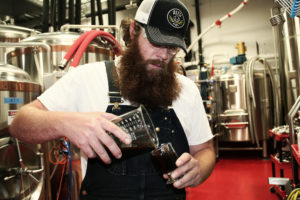
“Our water is different from the communities surrounding [us], because it’s locally sourced.” —John Erik Strom, Bent Water Brewing
Bent Water Brewing, in Lynn, Mass., is so enamored with its water source, the brewery’s motto is “Love the Water.”
“Our water is different from the communities surrounding Lynn, because it’s locally sourced,” says head brewer and co-founder John Erik Strom. “Most of the other cities and towns in our area are supplied by the MWRA [Massachusetts Water Resources Authority], which sources its water from the Quabbin reservoir.”
Compared to MWRA water, Lynn’s has lower pH and greater hardness. “Hardness is a measure of how much calcium and, to a lesser extent, magnesium, the water contains,” Strom says. “These minerals contribute to clarity, flavor and stability in beer. Having hardness in the range that we do means we have to add fewer—if any—minerals during the brewing process.”
Having a low pH level in the water also helps. “It’s important during the mashing part of brewing, as certain enzymes are activated at a certain pH and are then able to break the complex starches in the grain down into simple sugars that will later be food for the yeast,” he says. “Lynn’s low pH lets us hit our target pH without adjusting the water profile.
“Both the hardness and pH of Lynn water mainly offer cost-saving advantages, but there’s also greater consistency from batch to batch.”
The resulting beer isn’t necessarily any better than brews made in surrounding areas, Strom says, but the water is part of Bent Water’s story. “There are a lot of breweries in our area using MWRA water that are making truly great beer. But we believe our water source lends a uniqueness to our beer.”
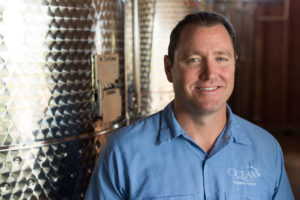
“The minerals in the water help create a sensation of body, viscosity, and richness.” —Shay Smith, Hawaii Sea Spirits
An ocean of possibilities
Hawaii Sea Spirits, an organic farm and distillery, makes its vodka from a much lower-altitude source: deep ocean mineral water. The company’s Ocean Organic vodka is produced with organic sugar cane and mineral-rich ocean water collected from 3,000 feet below the surface, off the Kona Coast of Hawaii’s Big Island. Company founder and president Shay Smith wanted to create a product from Hawaii that could compete globally on quality and was inspired to use a water source during a visit to the Natural Energy Laboratory of Hawaii Authority, which was built for research into ocean thermal energy conversion.
“Although the pipeline is owned by the state, it’s leased to private companies that are authorized to use it for aquaculture—such as farming abalone, lobster, and seahorses—and also to bottle the water for consumption,” he says. “Hawaii Sea Spirits partners with one of those companies, Koyo USA, to get the water.”
Once it’s brought to the surface, the ice-cold water is purified and desalinated through a proprietary, natural filtration process designed to remove sodium while retaining minerals such as potassium, calcium, and magnesium.
“The minerals in the water help create a sensation of body, viscosity, and richness,” Smith says. “It also works with the distilled organic sugar cane [we use] to deliver the flavors to our senses of smell and taste.” The vodka is often described as sweet with hints of tropical flavors, he says, and a smooth mouthfeel.
Ocean Organic’s unusual water source has attracted plenty of attention, both from media and visitors to the company’s farm/distillery on Maui. The spirit is distributed in all 50 states and has been the exclusive vodka of Hawaiian Airlines since 2007.
It’s unlikely that obtaining water from distinctive locations will ever become a mainstream practice, but for adventurous craft distillers and brewers, it can be an extra selling point in an increasingly competitive marketplace.

